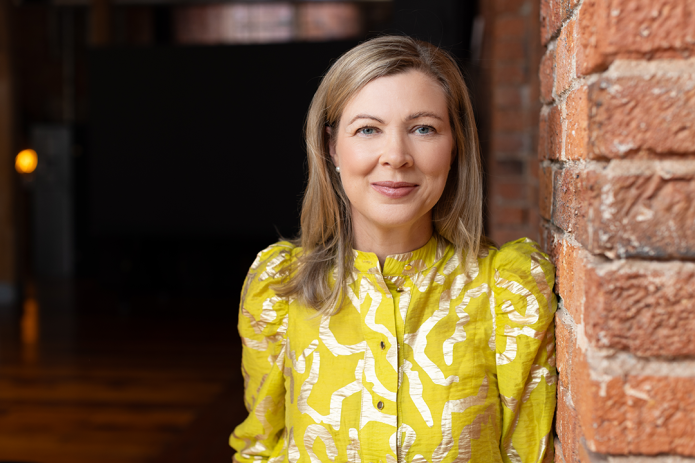PHOTO: NEWS.COM.AU
New research reveals that during the three months leading up to January, more Australian homeowners faced the looming threat of mortgage stress than ever before in recorded history. According to Roy Morgan data, a staggering 1,609,000 mortgage holders were deemed at risk of mortgage stress during this period, a surge attributed to an interest rate hike coinciding with Melbourne Cup Day.
Rise in Australian homeowners opting to sell property without real estate agents | WATCH
This figure in January marked an all-time high, surpassing previous records set in August and September 2023, when approximately 1.56 million mortgage holders faced similar stress. Alarmingly, this number nearly doubled compared to the pre-interest rate hike era of May 2022.
Mortgage stress is determined by whether mortgage repayments exceed a certain percentage of household income, varying based on income and expenditure. Despite official interest rates climbing to 4.35 percent, the highest since December 2011, the proportion of Australian homeowners experiencing mortgage stress stood at 31 percent, lower than levels observed during the 2008-2009 financial crisis.
Although more homeowners are now at risk, the relative proportion experiencing stress is lower compared to the global financial crisis due to the expanded size of the Australian mortgage market. However, Roy Morgan’s projections suggest that if the cash rate were to increase by another 0.25 percent in March, an additional 16,000 mortgage holders would find themselves under financial strain.
AUSSIES FORCED INTO SELLING: Huge new rate blow for homeowners and buyers
Veronica Levine, CEO of Roy Morgan, emphasized that while rising interest rates have contributed significantly to increased mortgage stress since May 2022, household income remains the primary determinant. She warned that if inflation accelerates, leading to further interest rate hikes in 2024, mortgage stress levels could surge to unprecedented highs.
Roy Morgan underscored that unemployment is the primary driver of income and mortgage stress, with January estimates indicating that nearly one in five Australian workers were either unemployed or underemployed, comprising approximately 19.3 percent of the workforce.
SOURCE: NEWS.COM.AU













